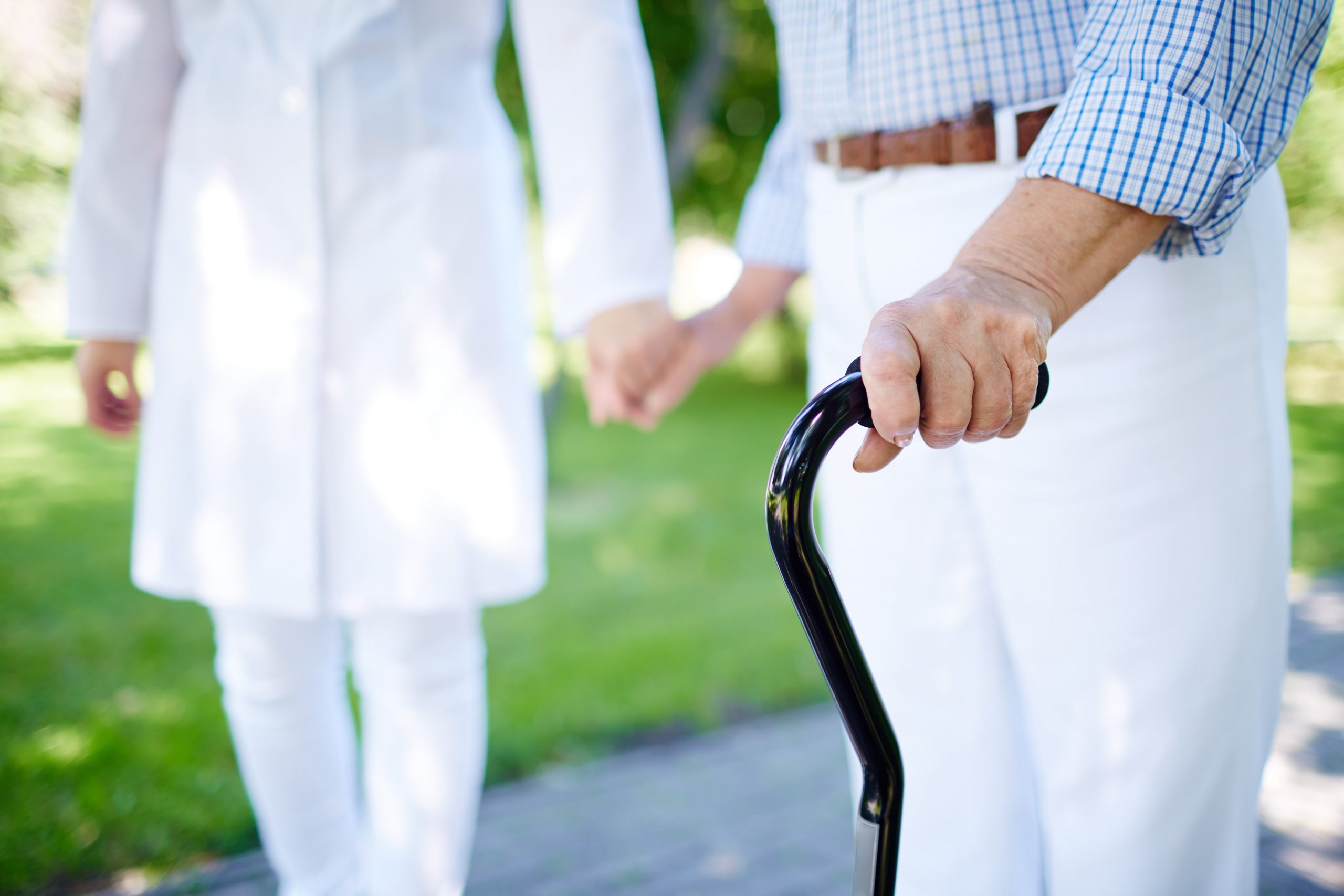Stroke survivors can use many different types of adaptive equipment for ambulating. The most common is the simple cane. Although single point canes are usually what come to mind, most stroke survivors need a cane with four contact points for stability. This is called a quad cane. Walkers are another ambulatory aide that can be used. The determination between a cane and a walker can be tricky. It will depend on how much strength is left in the non-paralyzed leg and how stable a stroke survivor is on their feet. Walkers are for those who need a bit more help, but there are many types of walkers now that can actually enhance lifestyle by substituting as a chair.
For most patients who have survived a stroke, they will have one leg that is paralyzed. This means that they cannot control the knee or ankle, but they are often able to control the hip. Since the ankle is essentially “floppy,” the foot can get caught on each step and trip the survivor. Doctors refer to this phenomenon as foot drop. A prosthetic brace is often used called a foot-ankle-knee prosthetic. The equipment keeps the leg rigid and often allows for a stable base of support, despite the lack of movement in the leg. If the survivor can ambulate with this device, they may only need a cane.





